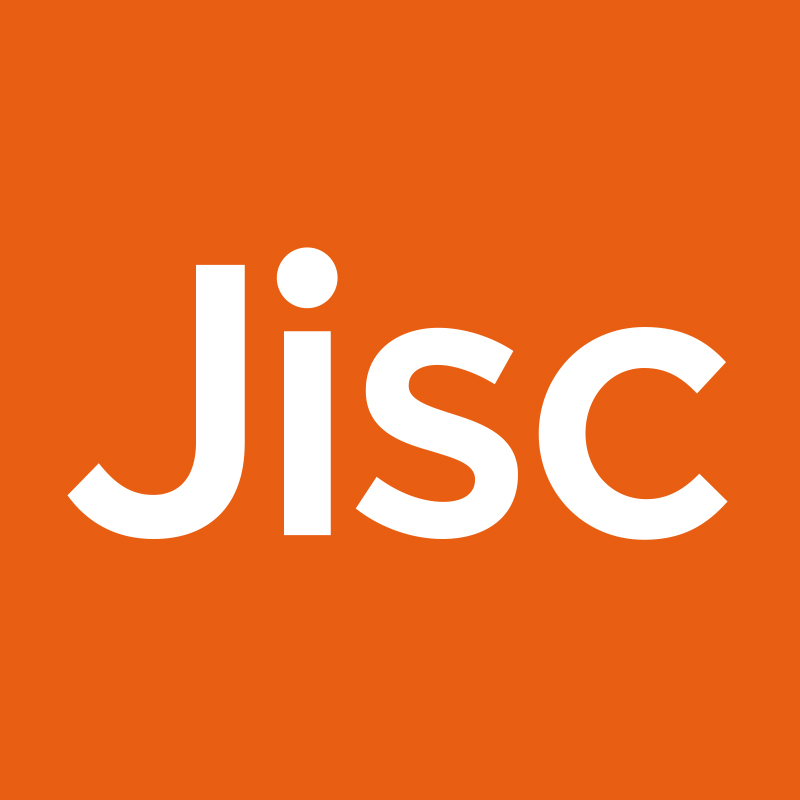Photo by Doug Walters on Unsplash
The undermining effect of negative attitudes
Fear of the unknown, discomfort with technology, and lack of confidence can derail digital projects. For example, when a university or college adopts a new Learning Management System (LMS), staff used to the old system may resist. Even passive resistance from key team members can block success.
Yet, while negativity may seem like a barrier, engaging with these viewpoints at an early stage can be an invaluable way of identifying potential issues and contribute to the project’s success.
Embrace negative thinkers
People’s attitudes towards technology and their influence on the culture of your organisation matter in digital transformation. Acknowledging negative viewpoints can help uncover challenges and offer insights into how to address them. Crucially, it signals that everyone’s opinion is valued and that they are an important part of making the vision a reality.
Alternative viewpoints can also help avoid groupthink, where conformity in a team leads to poor decision making. Creating a culture where concerns are welcomed as part of the improvement process fosters trust and collaboration, making people with concerns feel part of the solution.
Open, early, frequent and transparent communication with everyone is essential to ensure that the reasons for change and its impact on individuals are well understood.
Optimism and confidence from negative thinking
Digital transformation is a complex process, involving many different moving parts. A positive attitude alone is not enough. In fact, downplaying or ignoring challenges to maintain a positive atmosphere can lead to a disconnect where people feel ignored, leading to stress and anxiety. A situation where people don’t feel they can voice their concerns in a psychologically safe space for fear of being labelled a ‘blocker’ is a toxic one.
Perhaps counter-intuitively, taking the time to think about everything that could go wrong at every stage of the process can lead to greater levels of confidence and optimism. By anticipating failure, leaders can develop strategies to mitigate risks, avoid unintended results and increase the chances of success.
Chris Hadfield, a retired fighter pilot, engineer, and astronaut, calls this ‘sweating the small stuff’. In his book, An Astronaut’s Guide to Life on Earth, Colonel Hadfield advocates for the power of negative thinking, having spent his career working at NASA to ensure his training prepared him for every eventuality in a complex, stressful, and high-risk environment.
“Anticipating problems and figuring out how to solve them is actually the opposite of worrying: it’s productive.”
― Chris Hadfield, An Astronaut’s Guide to Life on Earth
Build preparedness
The Jisc digital elevation tool and the Jisc framework for digital transformation in higher education can help leaders navigate the complexities of achieving their vision for change and create actionable plans. Embracing the right approach to negative thinking when using these tools can help identify challenges and opportunities for cross-team approaches, develop contingency plans, and foster a culture that is prepared for digital transformation.
How do you ensure that diverse and challenging perspectives are valued and considered?
Join the conversation
If you work in a further or higher education organisation with an interest in enabling the transformation of education or research through digital technology, then get involved with Jisc’s digital leadership and culture forum. Membership isn’t limited to people with leadership roles— anyone can be a digital leader.
Further reading:
Chris Hadfield homepage
Kotter change management model (pdf)
Managers are glossing over workplace issues and pushing toxic positivity (Forbes).
Optimism bias (BBC Article)
Jisc Blogs
Digital gardening. Dan Hughes
Getting creative with collaboration. Allen Crawford-Thomas
It’s not technology that determines the success of a VLE – it’s the users. Zac Gribble


 Image by
Image by